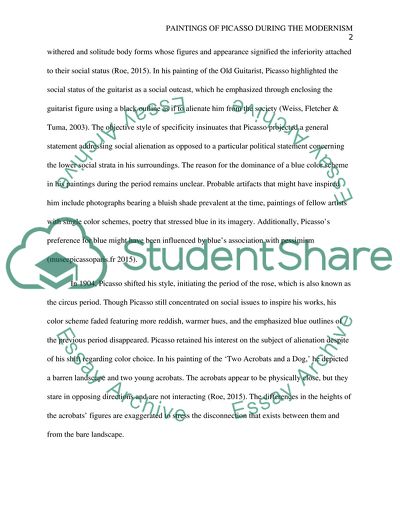Cite this document
(“Paintings of Picasso during the Modernism Essay”, n.d.)
Paintings of Picasso during the Modernism Essay. Retrieved from https://studentshare.org/visual-arts-film-studies/1701322-art-paintings-of-picasso-during-the-modernism
Paintings of Picasso during the Modernism Essay. Retrieved from https://studentshare.org/visual-arts-film-studies/1701322-art-paintings-of-picasso-during-the-modernism
(Paintings of Picasso During the Modernism Essay)
Paintings of Picasso During the Modernism Essay. https://studentshare.org/visual-arts-film-studies/1701322-art-paintings-of-picasso-during-the-modernism.
Paintings of Picasso During the Modernism Essay. https://studentshare.org/visual-arts-film-studies/1701322-art-paintings-of-picasso-during-the-modernism.
“Paintings of Picasso During the Modernism Essay”, n.d. https://studentshare.org/visual-arts-film-studies/1701322-art-paintings-of-picasso-during-the-modernism.


